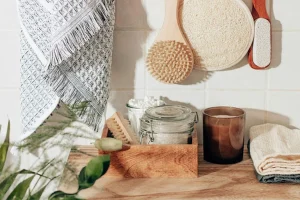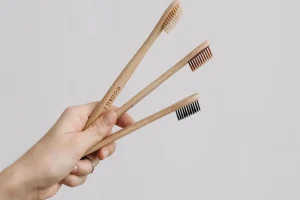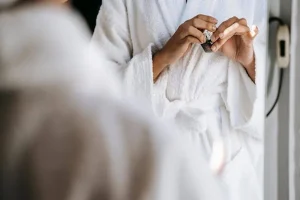Zero-Waste Clothing Tips for a Greener Wardrobe

In today’s world, many of us want to live more sustainably. One way to do this is by building a zero-waste wardrobe. Zero-waste clothing helps reduce the huge amount of textile waste that ends up in landfills every year. Plus, it’s great for the environment and your wallet! If you want to make your closet greener, here are some simple and effective zero-waste clothing tips you can start using today.
Choose Quality Over Quantity
The first step to a zero-waste wardrobe is to focus on buying high-quality clothes that last a long time. Instead of buying many cheap items that wear out quickly, invest in fewer, durable pieces. These last longer and help reduce waste because you don’t need to replace them often. Look for natural fibers like cotton, linen, wool, or hemp, which tend to break down better in nature than synthetic fabrics.
Buy Secondhand and Vintage
Shopping secondhand is one of the easiest ways to practice zero-waste fashion. Thrift stores, vintage shops, and online resale platforms offer tons of great options. When you buy secondhand, you give clothes a second life instead of adding to the demand for new clothing production. Plus, secondhand finds are often unique and stylish!
Upcycle and Repair
Instead of throwing away clothes with small holes or stains, try repairing or upcycling them. Sewing on patches, changing buttons, or altering the fit can bring old clothes back to life. You can also get creative and turn old T-shirts into tote bags or pillow covers. Upcycling is a fun way to reduce waste and express your personal style.
Choose Zero-Waste or Sustainable Brands
Many brands now focus on zero-waste or sustainable fashion. These companies design clothes to use every bit of fabric and avoid scraps. They also often use eco-friendly materials and ethical manufacturing practices. Supporting these brands encourages the fashion industry to change for the better.
Shop Smart with a Capsule Wardrobe
A capsule wardrobe is a small collection of versatile clothes that mix and match well. By curating a capsule, you avoid buying unnecessary items that end up unused or thrown away. A capsule wardrobe helps you think carefully about what you really need and use.
Wash Clothes Less and With Care
Taking good care of your clothes extends their life. Wash items only when needed, and use cold water to save energy. Avoid the dryer if possible, since heat can damage fabrics. Instead, air dry your clothes to keep them in great shape longer. Also, use gentle, eco-friendly detergents to protect the environment.
Recycle Textiles Properly
When your clothes reach the end of their life, recycle them properly. Some stores and organizations accept old textiles to turn them into new products. Don’t just toss worn-out clothes into the trash; find a local textile recycling program. This step helps reduce landfill waste and supports the circular economy.
Donate or Swap Clothes
If you have clothes you no longer want but are still in good condition, donate them to charity or organize a clothing swap with friends. This keeps clothes in use and out of landfills. Swapping is also a fun way to refresh your wardrobe without buying anything new.
Avoid Fast Fashion Trends
Fast fashion brands encourage buying a lot of trendy clothes that quickly go out of style. These items are often made cheaply and don’t last long, creating a lot of waste. Instead, choose timeless pieces that you love and will wear for years.
Make Your Own Clothes
If you enjoy crafts, try making your own clothes or accessories. This way, you control the materials and design. You can use leftover fabric scraps or upcycled textiles. Homemade clothes are unique and reduce your fashion footprint.
Final Thoughts
Building a zero-waste wardrobe is a rewarding journey. It helps you save money, reduce environmental harm, and make thoughtful choices about your style. By buying less, choosing better quality, repairing, recycling, and supporting sustainable brands, you can make a real difference. Start small, and over time, your greener wardrobe will grow!








